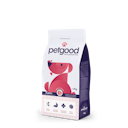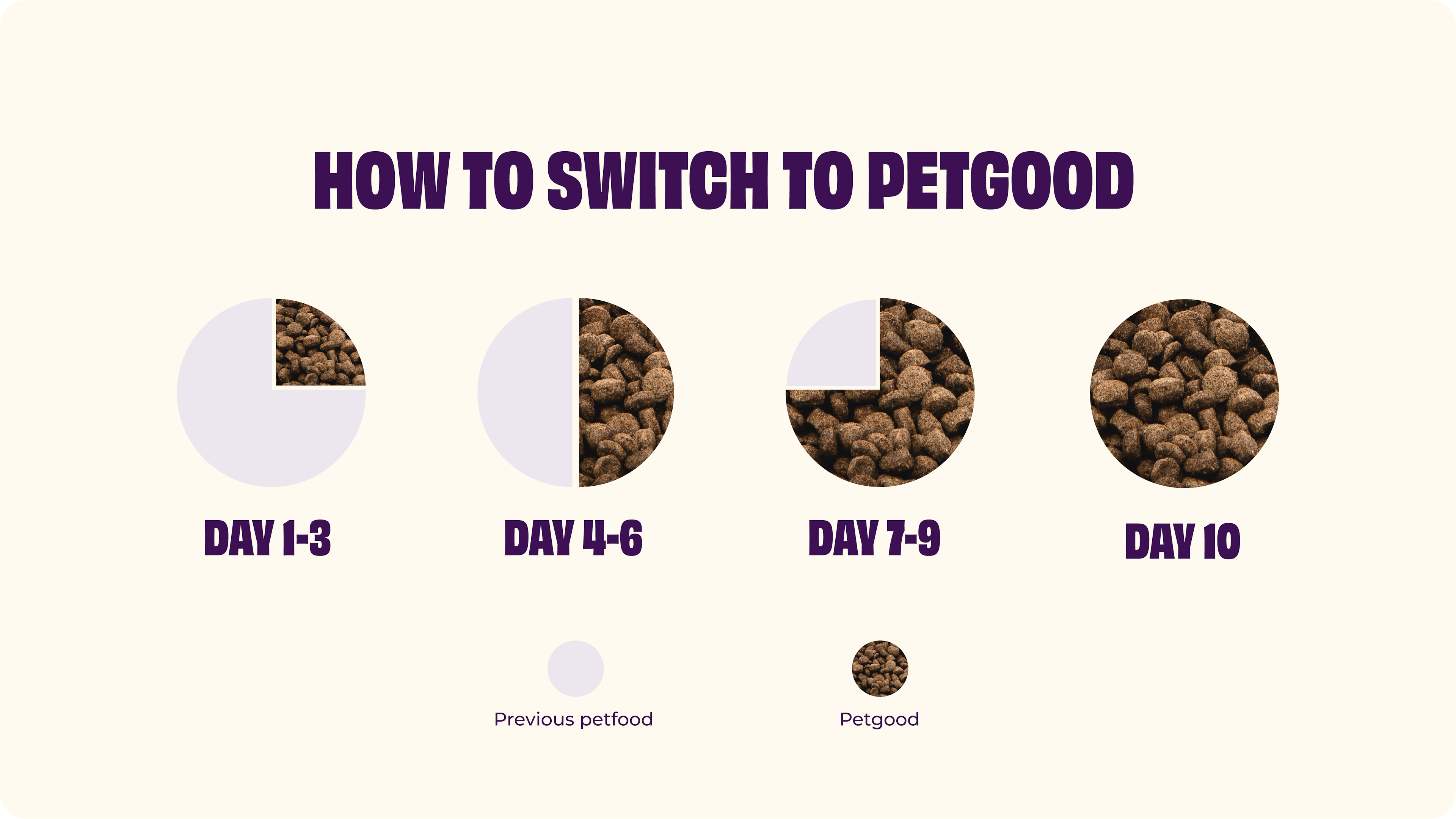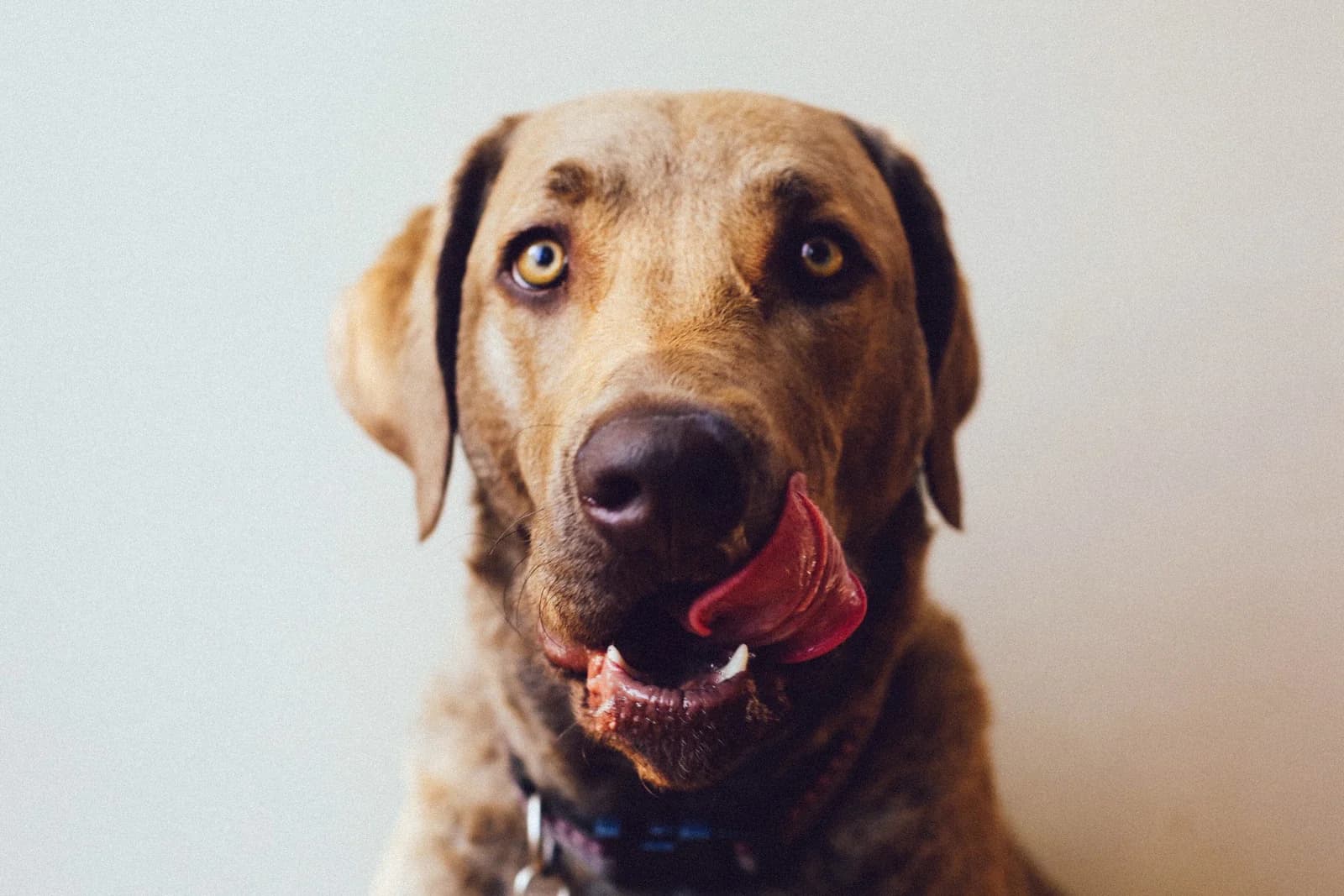Active location:
Select your country:

Grain-free dog food - is it good or bad?
There is probably no ingredient in dog food that is associated with as many questions, opinions, myths and debate as cereal and grains. Do grains cause allergies? Can dogs digest cereal or is it just a filler? Or wait, is it even the grain-free food that is dangerous and we should be wary of? In this article we go through basics and grain as an ingredient, its effect on the dog's digestion and what is true and false.
In this article we will cover:
What are grains in dog food?
How does the dog's digestion differ from the wolf's?
Can dogs digest grains?
Why is grain-free dog food advocated?
Can there be risks with grain-free diets?
Why is Petgood using grains in their diets?
Summary
What are grains in dog food?
First of all, let's clarify what grains are. When most people hear the word grain, they think of rolling wheat fields, but the grain group also includes crops such as corn and rice.The grains commonly used in dog food are wheat, barley, rice, corn and oats.
Common to cereals as a food group is that they are rich in carbohydrates and thus energy. The smallest component of carbohydrates is glucose, which is the energy source for the body's cells. Especially the dog's brain and the red blood cells depend on a constant supply of glucose for their function. Many different carbohydrate sources are used in dog food today, and to be a good carbohydrate source it must be digestible and contribute to the food's complete nutritional profile. The foods that provide carbohydrates can be vegetables, legumes or grains, and often these are combined to also contribute with balanced levels of other nutrients.
In addition to energy, cereal also contains dietary fiber. Fibers can be both insoluble and soluble, and contribute to the health of the gastrointestinal system, especially the health of the colon. Fibers allow the intestines to work, provide nourishment to the good intestinal bacteria, and contribute to a feeling of satiety. In addition to carbohydrates and dietary fiber, and depending on which of all the grains you are talking about, they can also contain other nutrients such as protein, vitamins and minerals.
How does the dog's digestion differ from the wolf's?
The dog is an omnivore, which means that they can assimilate nutrients from both animal and vegetable foods. A characteristic that distinguishes the dog from its ancestor the wolf is an increased ability to use carbohydrates as an energy source. This is such an important change that it marks a fundamental dividing line between wolf and dog in genetics research.
Erik Axelsson, researcher in genetics at Uppsala University, has published several studies and looked at how dog and wolf DNA differ. Some of the most important differences are involved in the dog's digestion. Erik has discovered genes in the dog's digestive system that break down starch and affect the transport and absorption of glucose in the small intestine. This shows that the dog's gastrointestinal system has adapted to a more starchy food, compared to the wolf's protein-based diet. This change in the digestive system is considered an important event in domestication, as it made the dog more adapted to a life together with humans. Man grew fruits, vegetables and grains, baked bread and cooked food, and the dog ate man's scraps and adapted to efficiently utilize the nutrients in these foods.
In other words, this means that dogs have the ability to use starch and carbohydrates, which grains are rich in, as a source of energy and nutrition. Carbohydrates and starch have therefore continued to be an important source of energy in dog food.
Can dogs digest grains?
Yes, dogs have a good ability to digest grains in wet and dry food. In 1994, a study compared digestibility of different carbohydrate sources in dogs. The results showed that the dog could break down more than 98% percent of the starch and utilize it as energy, regardless of whether the carbohydrate source was corn, rice, oats or barley. Several studies have since repeated the result and shown digestibility levels of starch of 98-100%. In wet and dry feed the grain is prepared through a cooking process, making it easily digestible and more available to the dog's digestive system.
Why is grain-free dog food advocated?
Those who advocate grain-free dog food usually present one of the three arguments: grain is unnatural for the dog; dogs cannot digest grain; or grain causes allergies. Let's take a look at these statements one by one.
It is easy to see how the first of these arguments could develop, as a dog would be unlikely to walk out into a wheat field and start grazing on the crop voluntarily; and in this argument the dog is often equated with a wolf. But as the research shows, the dog is no longer a wolf - not only its appearance, but also its digestive system has fundamentally changed and the intake of starch as part of its diet has become completely natural for the modern-day dog. There is therefore no scientific evidence for this claim.
We have discussed digestibility above and found that the second of these arguments is not correct and that dogs have a very good ability to digest grains in wet and dry feeds. So we now come to the last argument: eating grain can cause allergies in dogs. This last argument also does not have much of a scientific basis - when it comes to allergies, it is by far the most common that an allergic dog reacts to animal proteins, such as chicken, pork, beef or dairy products. Allergy to wheat and gluten have been reported, but this does not equate to a general allergy to grains, as these wheat-sensitive dogs can usually tolerate corn, rice or oats. Food allergy is in itself not as common as many pet owners believe, and therefore not something that owners of healthy dogs need to take into account in their choice of feed.
Can there be risks with grain-free diets?
There are also counter-arguments that instead argue that it can be dangerous with grain-free feed. This comes from reports in the US of the heart disease Dilated Cardio-Myopathy (DCM), where an increase in reported cases of the cardiac disease was seen in dogs. A common factor was thought to be that a percentage of these dogs had been eating grain-free diets. The increased incidence of DCM observed primarily in the US has been extensively investigated, but today the cause of this has still not been determined, and no firm conclusion has been made about any possible connection to the dogs' diet.
Why is Petgood using grains in their diets?
As discussed above, there are no reasons to avoid grains as an ingredient - on the contrary, in a balanced diet they contribute with healthy nutrients and easily digestible energy. All our recipes are put together based on the dog's nutritional needs, where we choose ingredients that naturally contribute various nutrients and complement each other in a balanced way to provide a healthy, complete and balanced feed. When we develop our recipes, we always follow scientific recommendations.
We use oats and corn as a carbohydrate source in our dog food as they are nutritious grains with high digestibility that the dog can easily assimilate and convert into energy, and they also contribute with protein, vitamins and minerals. Oats are rich in antioxidants, promotes the health of the digestive system through dietary fiber and contributes to optimal stool quality. We have opted out of wheat in our recipes so that the feed is naturally gluten-free to also suit dogs with an allergy to gluten.
Summary
Cereals are a group of crops that include rice, wheat, oats and corn. What the cereals have in common is that they are easily digestible sources of energy, and also contribute dietary fiber, vitamins and minerals. As an ingredient in dog food, they provide nutrients without making the food too high in calories. In a complete and balanced recipe, there is no evidence to support the argument that grains would be bad for dogs.
References











